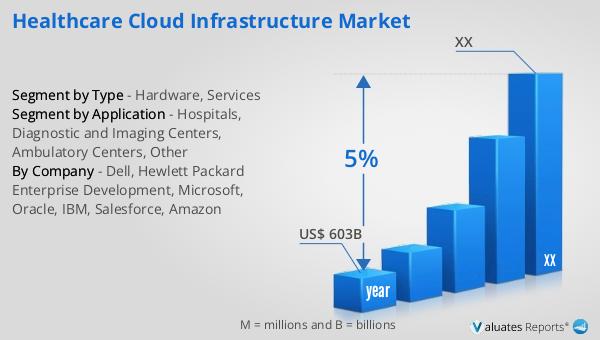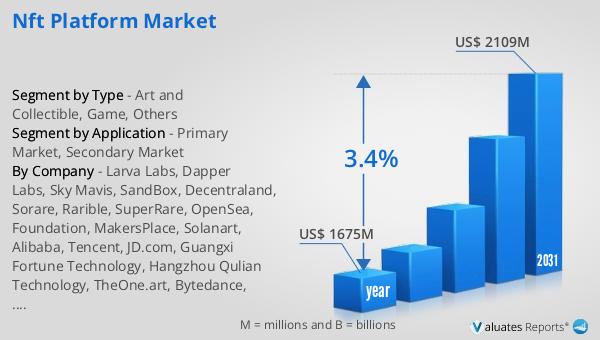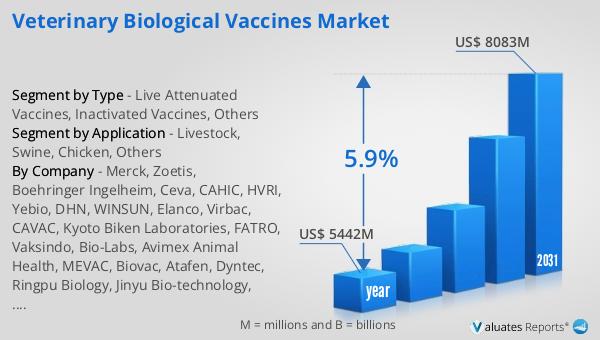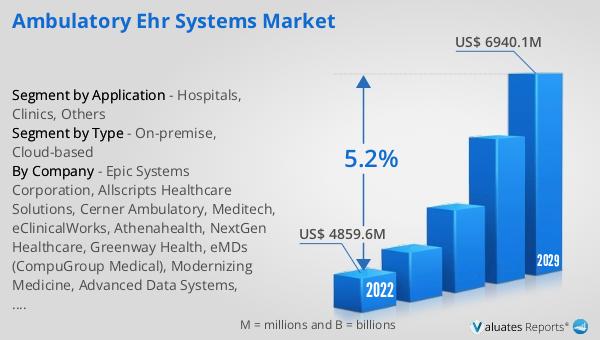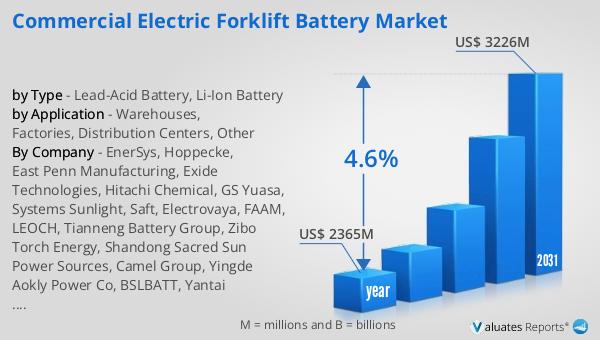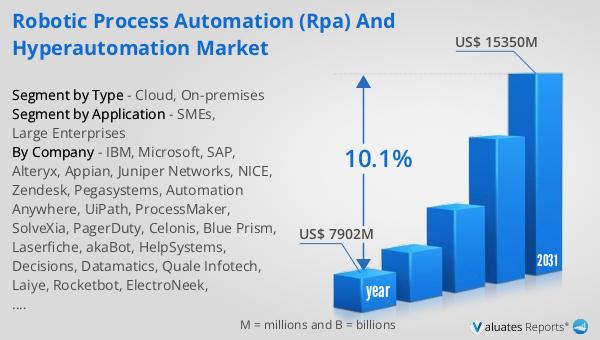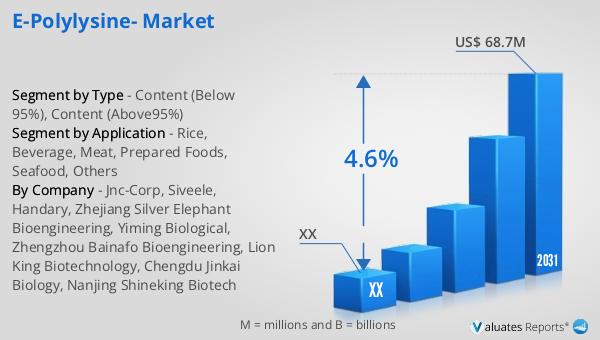What is Global NFT Market?
The Global NFT Market refers to the expansive and rapidly evolving marketplace for Non-Fungible Tokens (NFTs), which are unique digital assets verified using blockchain technology. Unlike cryptocurrencies such as Bitcoin or Ethereum, which are fungible and can be exchanged on a one-to-one basis, NFTs are distinct and cannot be exchanged on a like-for-like basis. This uniqueness makes them ideal for representing ownership of digital art, music, videos, and other forms of digital content. The NFT market has gained significant traction in recent years, driven by the growing interest in digital ownership and the potential for creators to monetize their work directly. Artists, musicians, and even sports franchises have embraced NFTs as a new way to engage with fans and generate revenue. The market is characterized by a diverse range of platforms and marketplaces where NFTs can be bought, sold, and traded, each offering unique features and catering to different types of digital assets. As the technology and understanding of NFTs continue to evolve, the Global NFT Market is expected to expand further, attracting more participants and fostering innovation in digital ownership and commerce.
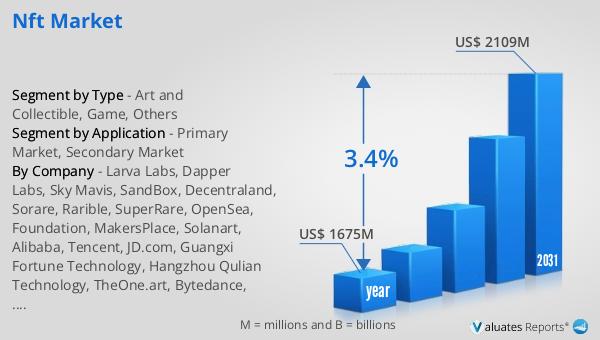
Art and Collectible, Game, Others in the Global NFT Market:
In the Global NFT Market, the categories of Art and Collectibles, Games, and Others represent significant segments that showcase the versatility and appeal of NFTs. Art and Collectibles have been at the forefront of the NFT boom, with digital artists and creators leveraging blockchain technology to authenticate and sell their work. This segment has democratized the art world, allowing artists to reach a global audience without the need for traditional galleries or intermediaries. Collectors are drawn to the uniqueness and provenance that NFTs provide, often purchasing digital art as an investment or a means of supporting their favorite artists. High-profile sales, such as Beeple's "Everydays: The First 5000 Days," which sold for $69 million, have highlighted the potential for NFTs to revolutionize the art market. In the realm of Games, NFTs have introduced new dimensions of ownership and interactivity. Game developers are using NFTs to create unique in-game items, characters, and experiences that players can own, trade, and monetize. This has led to the rise of play-to-earn models, where players can earn NFTs through gameplay and sell them on secondary markets. Games like Axie Infinity and Decentraland have demonstrated the potential for NFTs to create vibrant virtual economies, where players have a tangible stake in the digital worlds they inhabit. The "Others" category encompasses a wide range of applications beyond art and gaming, including music, virtual real estate, and even domain names. Musicians are exploring NFTs as a way to release exclusive tracks, albums, and concert experiences, providing fans with unique access and ownership opportunities. Virtual real estate platforms like Decentraland and Cryptovoxels allow users to buy, sell, and develop virtual land, creating immersive environments and experiences. Additionally, NFTs are being used to tokenize domain names, offering a new way to buy, sell, and trade digital real estate on the internet. As the Global NFT Market continues to grow, these categories will likely expand and evolve, driven by innovation and the increasing adoption of blockchain technology across various industries.
Primary Market, Secondary Market in the Global NFT Market:
The usage of the Global NFT Market in the Primary and Secondary Markets highlights the dynamic nature of NFT transactions and the opportunities they present for creators, collectors, and investors. In the Primary Market, NFTs are initially created and sold by artists, musicians, game developers, and other content creators. This market serves as the first point of sale for NFTs, where creators can directly engage with their audience and monetize their work. The primary market is characterized by initial NFT offerings (INOs), where creators release a limited number of NFTs to generate interest and establish value. These offerings often include exclusive content, early access, or special privileges for buyers, creating a sense of scarcity and demand. Platforms like OpenSea, Rarible, and Foundation facilitate these transactions, providing creators with the tools to mint, list, and sell their NFTs. The Secondary Market, on the other hand, involves the resale of NFTs by collectors and investors. This market is driven by the demand for unique digital assets and the potential for price appreciation. Collectors who purchase NFTs in the primary market may choose to hold onto them as long-term investments or sell them in the secondary market for a profit. The secondary market is highly dynamic, with prices fluctuating based on factors such as rarity, demand, and the reputation of the creator. Marketplaces like OpenSea and Nifty Gateway play a crucial role in facilitating secondary market transactions, offering a platform for buyers and sellers to connect and trade NFTs. The liquidity and accessibility of the secondary market have attracted a diverse range of participants, from casual collectors to institutional investors, all seeking to capitalize on the growing interest in digital ownership. As the Global NFT Market continues to mature, the interplay between the primary and secondary markets will be essential in shaping the future of digital commerce and the broader adoption of NFTs.
Global NFT Market Outlook:
The global market for NFT marketplaces was valued at $1,675 million in 2024, and projections indicate that it will grow to a revised size of $2,109 million by 2031. This growth represents a compound annual growth rate (CAGR) of 3.4% over the forecast period. The steady increase in market size reflects the expanding interest and adoption of NFTs across various sectors, including art, gaming, and entertainment. As more creators and consumers recognize the potential of NFTs to revolutionize digital ownership and commerce, the market is expected to attract a broader audience and foster innovation. The projected growth also underscores the importance of NFT marketplaces as critical platforms for buying, selling, and trading digital assets. These marketplaces provide the infrastructure and tools necessary for creators to mint and list their NFTs, while also offering collectors and investors a secure and accessible way to acquire and manage their digital portfolios. As the market continues to evolve, the role of NFT marketplaces will be crucial in facilitating transactions, ensuring transparency, and driving the adoption of blockchain technology in the digital economy. The anticipated growth of the global NFT market highlights the transformative potential of NFTs and their ability to reshape the way we interact with digital content and assets.
| Report Metric | Details |
| Report Name | NFT Market |
| Accounted market size in year | US$ 1675 million |
| Forecasted market size in 2031 | US$ 2109 million |
| CAGR | 3.4% |
| Base Year | year |
| Forecasted years | 2025 - 2031 |
| Segment by Type |
|
| Segment by Application |
|
| By Region |
|
| By Company | Larva Labs, Dapper Labs, Sky Mavis, SandBox, Decentraland, Sorare, Rarible, SuperRare, OpenSea, Foundation, MakersPlace, Solanart, Alibaba, Tencent, JD.com, Guangxi Fortune Technology, Hangzhou Qulian Technology, TheOne.art, Bytedance, Baidu, NetEase, Huandian Technology, Xingin Information Technology |
| Forecast units | USD million in value |
| Report coverage | Revenue and volume forecast, company share, competitive landscape, growth factors and trends |
